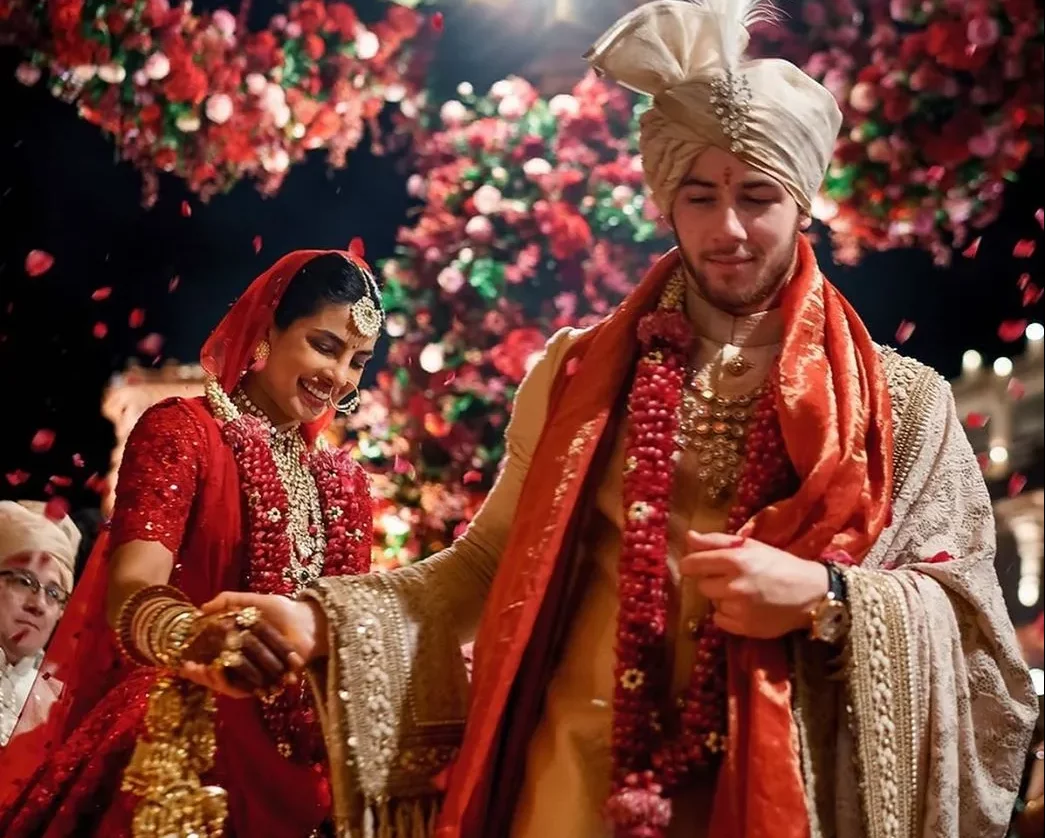To facilitate inter-faith marriage in India, The special Marriage Act, 1872 was enacted. Before this act, The Special Marriage Act, 1872 provided for inter-faith marriages. The same came to be replaced by the Special Marriage Act, 1954.
Object and Reasons
The statement of objects and reasons thereof is reproduced hereunder: –
“This Bill revises and seeks to replace the Special Marriage Act of 1872 so as to provide a special form of marriage which can be taken advantage of by any person in India and by all Indian nationals in foreign countries irrespective of the faith which either party to the marriage may profess. The parties may observe any ceremonies for the solemnization of their marriage, but certain formalities are prescribed before the marriage can be registered by the Marriage Officers.
For the benefit of Indian citizens abroad, the Bill provides for the appointment of Diplomatic and Consular Officers as Marriage Officers for solemnizing and registering marriages between citizens of India in a foreign country.
Provision is also sought to be made for permitting persons who are already married under other forms of marriage to register their marriages under this Act and thereby avail themselves of these provisions.
The bill is drafted generally on the lines of the existing Special Marriage Act of 1872 and the notes on clauses attached hereto explain some of the changes made in the Bill in greater detail.”
Provisions of Special Marriage Act, 1954
- The subject of solemnization of special marriages, is provided for in Section 4 of the above enactment.
- Section 4 lays down the conditions related to solemnization of special marriages, which requires a notice of the parties intending to get married, the procedure and conditions whereof are contained in Section 5.
- The provisions of the enactment require, entering a copy of the notice in the marriage notice book, and the publication thereof by affixation of the copy thereof to some conspicuous place in the office of marriage officer.
- Objections to the contemplated marriage can be preferred under Section 7.
- The manner in which the objections have to be dealt with is provided for in Sections 8, 9 and 10.
- Consequent upon the completion of the formalities postulated in Chapter II of the enactment, parties are permitted to solemnize their marriage, for which the marriage officer shall issue a certificate of marriage, that would be considered as conclusive evidence of the fact that parties are married under the provisions of the Special Marriages Act, 1954.
- Parties who have entered into a matrimonial alliance by way of ceremonies of marriage conducted under different faiths, and have been living together, are also permitted to register their marriage under the Special Marriage Act, 1954, under Section 15 thereof.
- Chapter IV of the enactment deals with consequences of marriage under the Act.
- Chapter V provides the remedies of restitution of conjugal rights and judicial separation.
- Chapter VI defines void and voidable marriages, and provides for nullity of marriage and divorce.
- Section 27 included in Chapter VI incorporates the grounds for divorce.
- A wife may also present a petition for divorce to the district court on the ground, (i) that her husband has, since the solemnization of the marriage, been guilty of rape, sodomy or bestiality; (ii)that in a suit under section 18 of the Hindu Adoptions and Maintenance Act, 1956.
- In addition to the above, Section 28 provides for divorce by mutual consent.

[…] Latest The Foreign Marriage Act 1969 in Bullet points Special Marriage Act 1954 in Brief Divorce matters of Christian in India Parsi Divorce in India The analysis of Minority […]